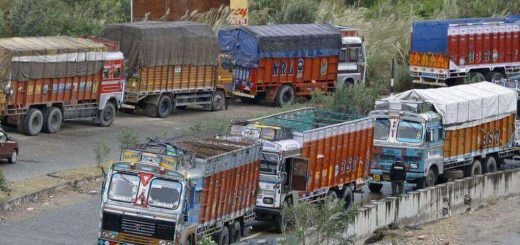The Importance of Repackaging in the Supply Chain
The packaging sector is changing. We now understand that the term “packaging” no longer just refers to a box or a carton, but rather to a coordinated system of getting items ready for safe, economical, and effective transit across the whole supply chain, which ultimately results in maximizing consumer value, sales, and therefore profits. This indicates that supply chain management also heavily relies on packaging. By optimizing packaging businesses can increase cargo capacity and reduce carbon footprint. Additionally, repackaging allows companies to adapt to consumer demand, enhance product protection, and improve presentation.
Packaging plays a crucial role in competitive markets, protecting products, facilitating distribution, and communicating with customers. In reality, package design has lately matured into a field of communication all on its own, and clients increasingly understand that packaging is a crucial and important component in the development of a successful brand identity.
Packaging systems must be integrated with marketing, logistics, manufacturing, and environmental concerns for supply chain management to be effective.
Demands for packaging logistics across all processes and for the customers may be simply managed. Contrarily, marketing calls for enticing bundles that can draw customers in. To reduce labour costs and production time, all product kinds often require the same size packaging. Effective packaging simultaneously satisfies customers’ needs, generates product interest, and upholds brand standards. During the shipping process, firms may need to repackage their items for a variety of reasons.
Supply chain businesses frequently employ repackaging techniques to cater to changing consumer demands, cut shipping expenses, or rebrand products. Join forces with a repackaging 3PL service for your company to get the following advantages.
Importance of Repackaging in the Supply Chain
Save space and resources for transportation
Producers typically use the most economical and practical packaging to convey goods to distributors or warehouses. Oversized or heavy packaging may occupy excessive space in shipping containers and transportation vehicles, potentially increasing costs. The size of the packing determines how much room it takes up within the vehicle. Because you will be unable to load required merchandise onto the trucks, transportation costs will rise and efficiency will decrease.
Original product packaging occupies excess space, resulting in reduced cargo capacity, increased fuel consumption, a larger carbon footprint, and potential shipment delays when transporting fewer products per load over longer distances. Repackaging fulfillment services optimize truck capacity and timely delivery by minimizing packaging volume.
Custom packaging is possible
The presentation greatly impacts the end-user experience when opening a box.
Assess the quality and quantity of manufacturer-provided packaging to ensure it meets the needs and expectations of your customers.
Packaging service providers can accommodate product modifications or rebranding during shipment to satisfy your clients’ preferences.
Reduce volumetric weight
Volumetric weight, also known as dimensional weight, is a method of package weighing that considers the projected package weight.
Calculate the volumetric weight by multiplying the package’s height, breadth, and length, then divide the result by 5,000. Even though 5,000 is the usual divisor, certain carriers may divide the dimensions by 4,000.
Shipping costs typically depend on the shipment’s volumetric or actual weight, as determined by a scale. The higher value determines the shipping expenses.
Package weight may vary depending on the thickness or weight of the packing materials used. Repackaging things with excessive packing might assist in lightening their overall weight and cutting shipping expenses.
Also Read:- Key Components to Maximize Supply Chain Success
Conclusion
Numerous marketing studies have indicated that optimized packaging produces outcomes in various supply chain sectors. It may improve product efficiency, smooth material handling on the factory floor, enable the optimal use of contemporary supply chain technology like stackers and pallets, and make damage control, inventory management, cycle counts, and space utilization easier. Simply said, package optimization lowers total supply chain costs, resulting in a higher return on investment.




Recent Comments